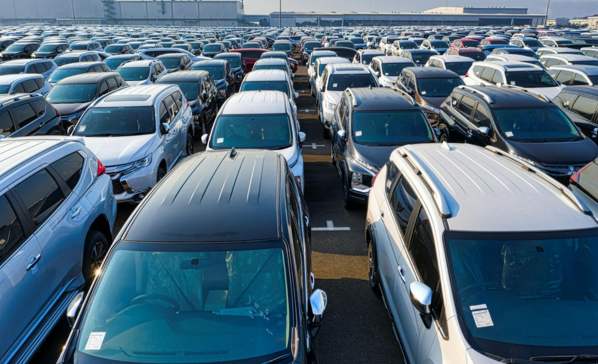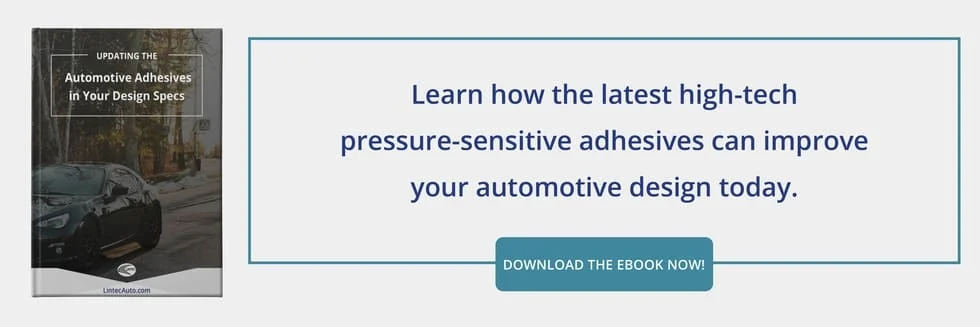The Cost of Switching Suppliers: Protect Your Automotive Margins

Because the automotive supply chain is so vast and complex, it’s natural for a tier 1 supplier to want or need to switch their tier 2 automotive suppliers from time to time. Now that the chain has mostly normalized from the disruptions of the pandemic, it’s time to reevaluate whether current tier 2 companies are the best option.
However, while switching may make sense upfront, it’s imperative to understand the potential risks and costs involved. In a worst-case scenario, you might have to switch back to the original provider, leading to extra waste and a much leaner bottom line.
Understanding the Risks of Switching Auto Part Suppliers
Because the pandemic disrupted the automotive industry so thoroughly, many tier 1 suppliers are now more proactive at managing their own supply chains. If one automotive supplier is struggling to meet demand or has the potential to create costly delays, its time to switch (and not wait until after another world-altering event).
During the evaluation process, here are some factors to consider to ensure you can minimize risks to your operation.
Contracts
If you’re under contract with a current supplier, you must verify your options for switching to a different provider. Also, make sure whether the parts or materials can be copied or if they’re proprietary. In the latter case, you’ll have to find a supplier that can deliver nearly identical parts without violating copyright laws.
Part Quality
Cost is often a deciding factor when switching auto part suppliers. However, as the saying goes, “You get what you pay for.” So, while one supplier may be able to help your business save money upfront, they could also cause delays and disruptions with subpar parts and materials.
Overall, verifying that the parts meet or exceed your current standards is imperative before signing a contract.
Compliance
Because the automotive industry spans the entire globe, many suppliers work in different countries. Before switching from one automotive supplier to the next, you must make sure you abide by any compliance standards. For example, you may have to report the change to different OEMs or ensure the new supplier meets individual country regulations.
Speed and Volume
Thanks to a robust economy, the automotive industry is seeing increased demand for new vehicles. However, while it’s tempting to scale up production, you must verify that a new supplier is up to the challenge. Even if they can deliver high-quality parts right now, will they be able to scale with your business? Or will they have to subcontract to a tier 3 supplier, creating a potential weak link in the chain?
How Protective Film Can Help Maintain Your Automotive Margins
One issue that can plague the supply chain is physical damage to raw materials and automotive parts. For example, if parts have scratched paint or dents, you have to spend time fixing those issues before they can move down the line.
Protective automotive film from LINTEC can help mitigate this problem. By offering nearly invisible customized shipping films, suppliers can protect everything from the interior components to the aluminum wheels. Because they’re invisible and so thin, they can remain on the vehicle until it drives off the lot.
Switching auto part suppliers can be risky but also necessary to strengthen your business (including relationships with OEMs). By being proactive and preventing problems before they arise, you can protect your margins and resist supply chain issues in the future.
Contact LINTEC Automotive
LINTEC offers a wide array of shipping films that can protect virtually every part of the vehicle from manufacture to assembly to sale. Discover which options can help protect your automotive margins and provide your business with peace of mind.

